Higher classification Tuta | Scientific name Tuta absoluta Rank Species | |
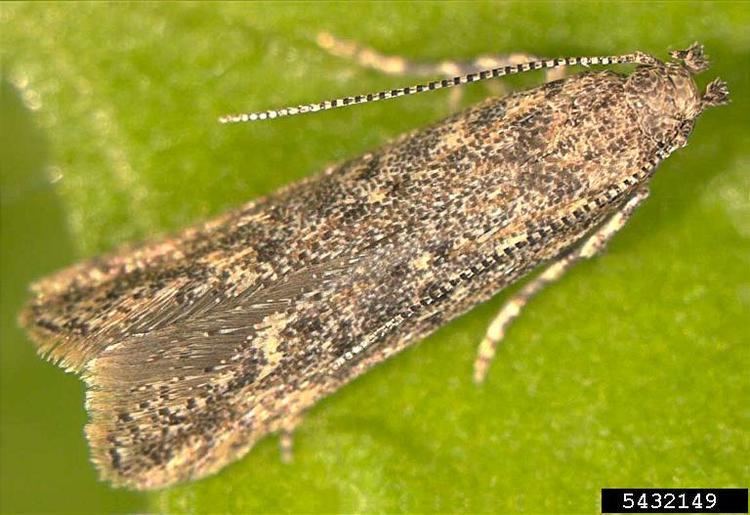 | ||
Similar Gelechiidae, Insect, Butterflies and moths, Whitefly, Phthorimaea operculella | ||
Tuta absoluta is a species of moth in family Gelechiidae known by the common names tomato leafminer and South American tomato moth. It is well known as a serious pest of tomato crops in Europe and South America
Contents

Life cycle of tuta absoluta tomato leaf mining moth
Biology
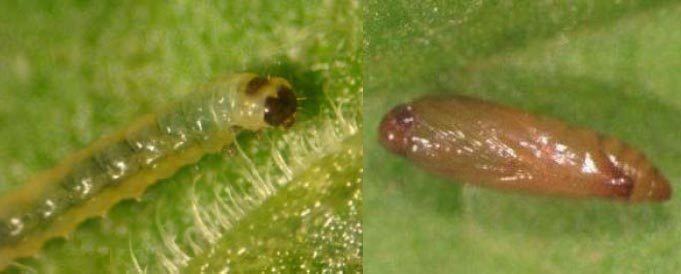
The larva feeds voraciously upon tomato plants, producing large galleries in leaves, burrowing in stalks, and consuming apical buds and green and ripe fruits. It is capable of causing a yield loss of 100%.
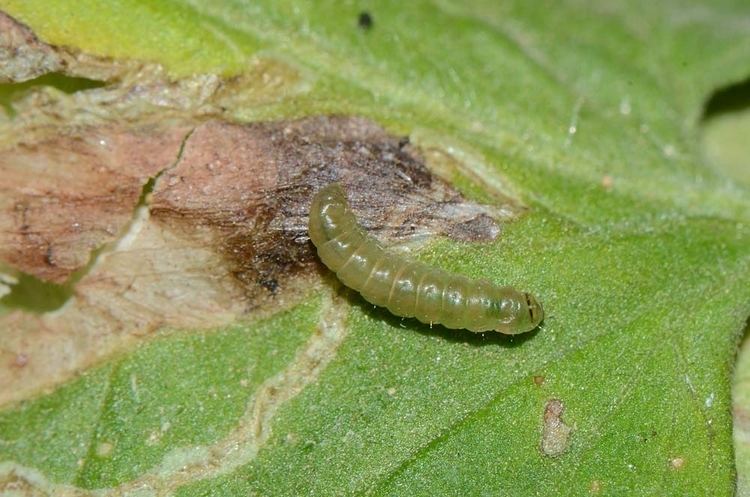
Tomato is the main host plant, but T. absoluta also attacks other crop plants of the nightshade family, including potato, eggplant, pepino, pepper and tobacco. It is known from many solanaceous weeds, including Datura stramonium, Lycium chilense, and Solanum nigrum.
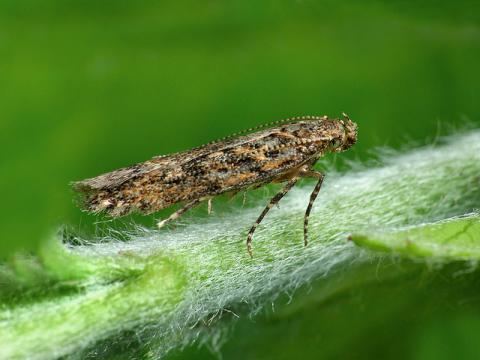
The adult moth has a wingspan around one centimeter. In favorable weather conditions eight to ten generations can occur in a single year.
Global spread
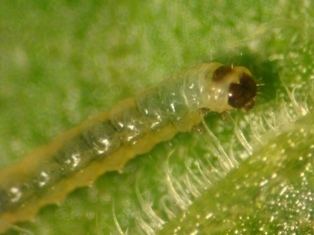
This moth was first known as a tomato pest in many South American countries. In 2006, it was identified in Spain. The following year it was detected in France, Italy, Greece, Malta, Morocco, Algeria and Libya. In 2009 it was first reported from Turkey. The advance of T. absoluta continued to the east to reach Syria, Lebanon, Jordan, Iraq and Iran. Further advances southward reached Saudi Arabia, Yemen, Oman and the rest of the Gulf states. In Africa, T. absoluta moved from Egypt to reach Sudan, South Sudan and Ethiopia from the east and to reach the Senegal from the west. It was reported in Nigeria and Zambia in 2016. An up-to-date global distribution map is available on the Tuta absoluta information network.In India, Maharashtra state tomato cultivation more affect in Nov.2016
Management

Some populations of T. absoluta have developed resistance to organophosphate and pyrethroid pesticides. Newer compounds such as spinosad, imidacloprid, and Bacillus thuringiensis have demonstrated some efficacy in controlling European outbreaks of this moth.
Experiments have revealed some promising agents of biological pest control for this moth, including Nabis pseudoferus, a species of damsel bug.
The sex pheromone for T. absoluta has been identified by researchers at Cornell University and has been found to be highly attractive to male moths. Pheromone lures are used extensively throughout Europe, South America, North Africa and the Middle East for the monitoring and mass-trapping of T. absoluta.
The combined use of pheromones as well as specific light frequency proved to be effective in suppressing the T. absoluta population and keeping it within the economic threshold as it disclosed by Russell IPM in a United Kingdom patent.In India Pest control of India provide lure of Tuta absoluta.To population control to the Farmer
